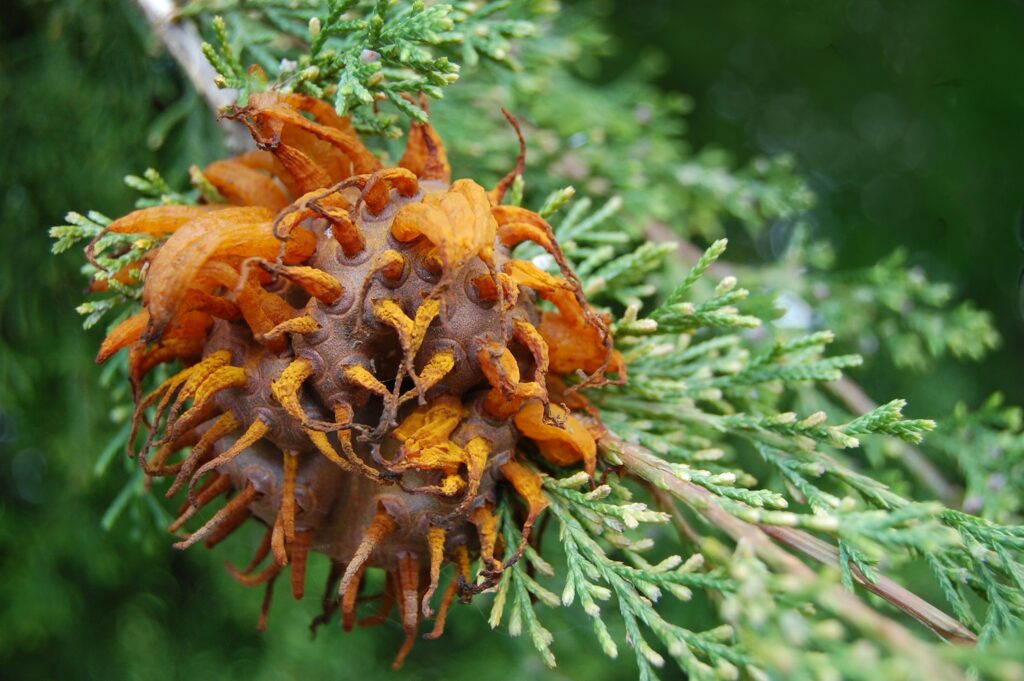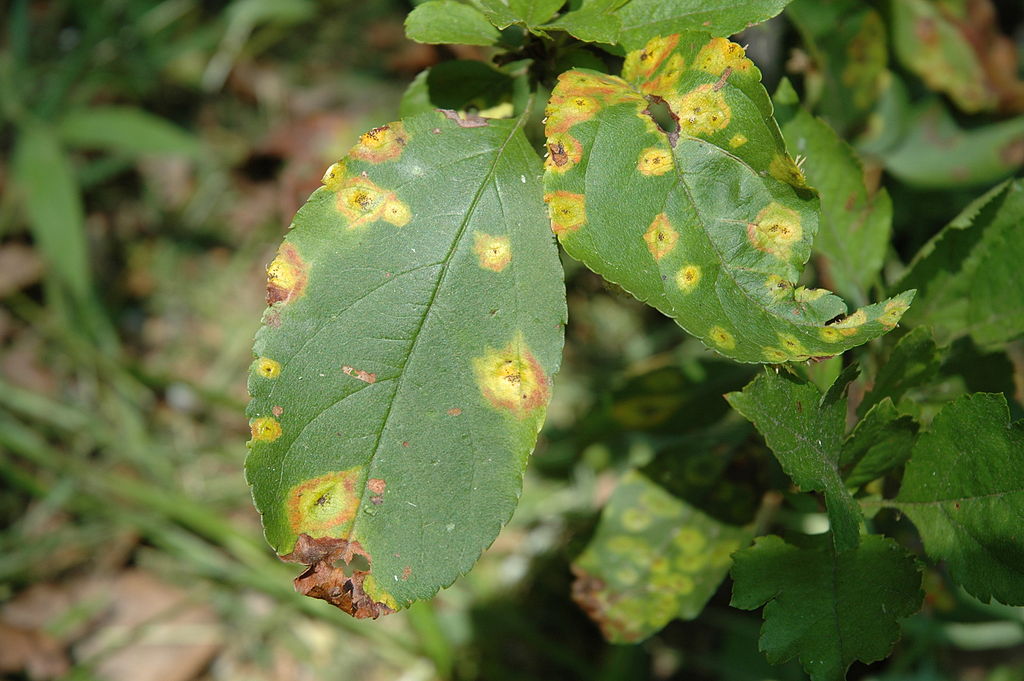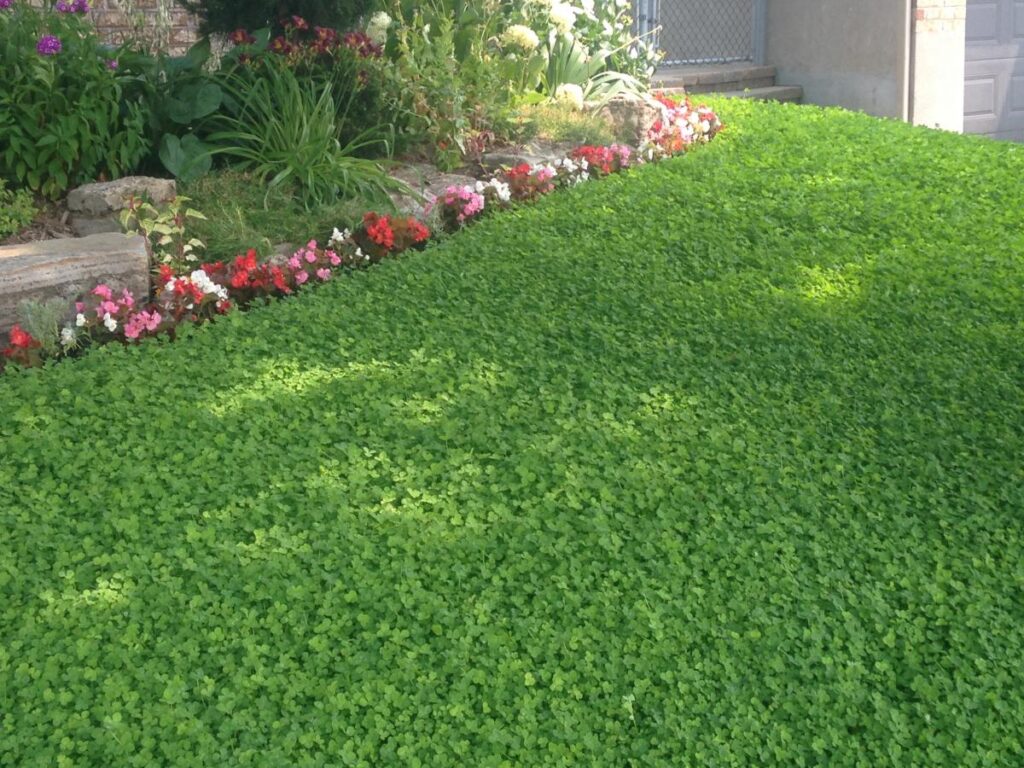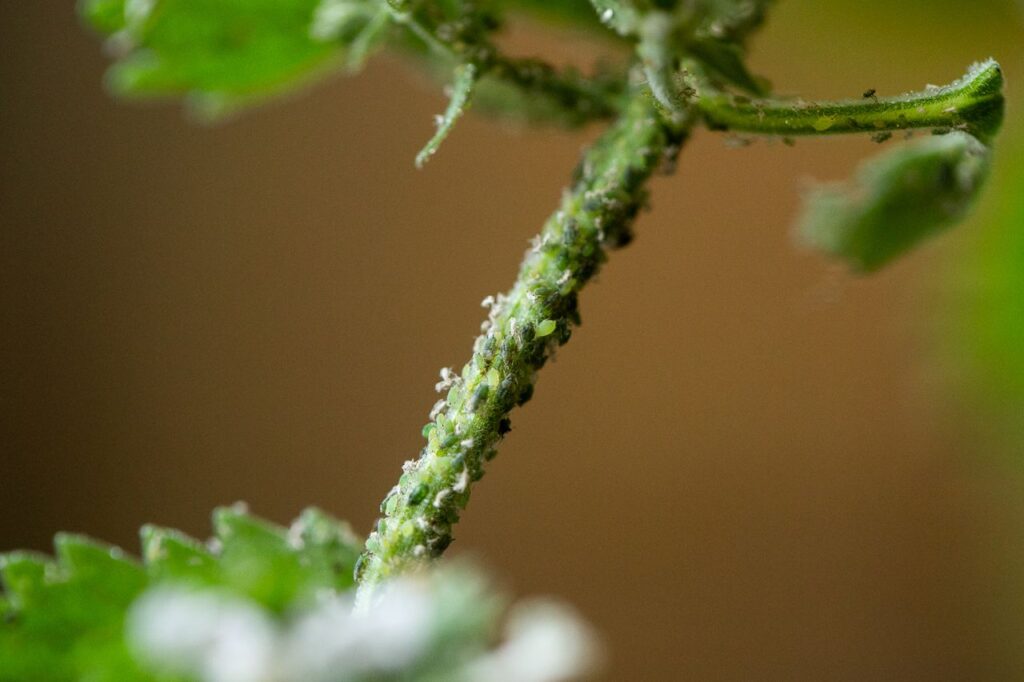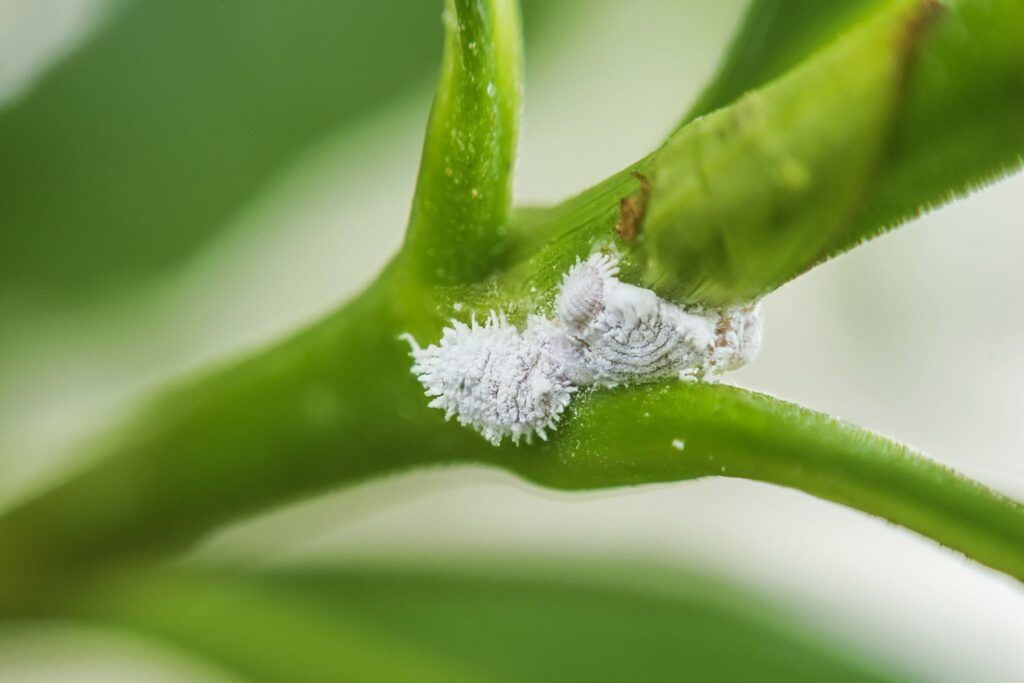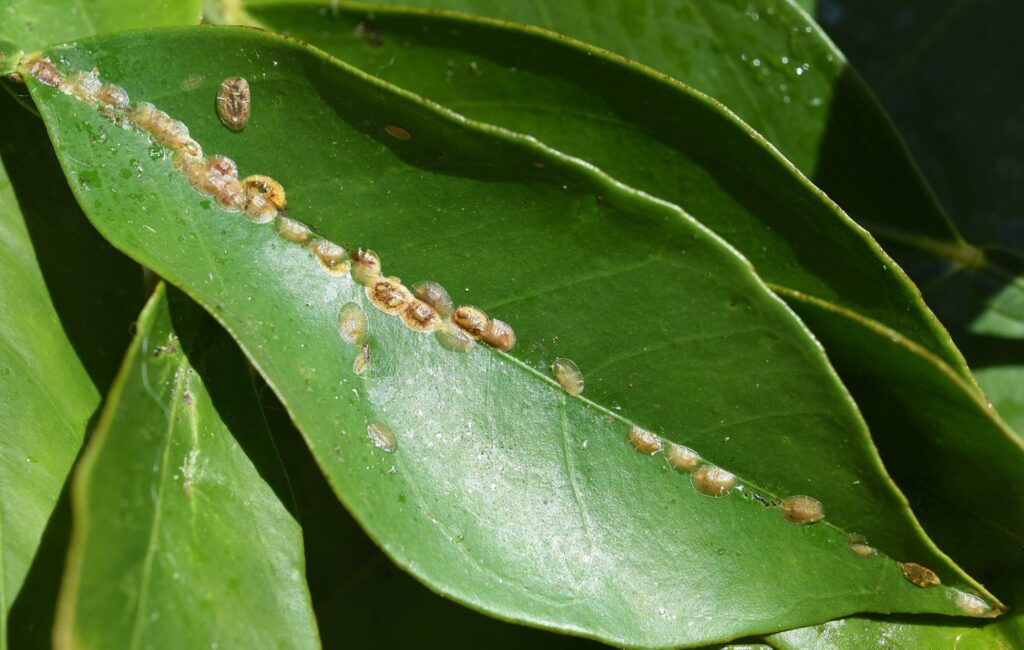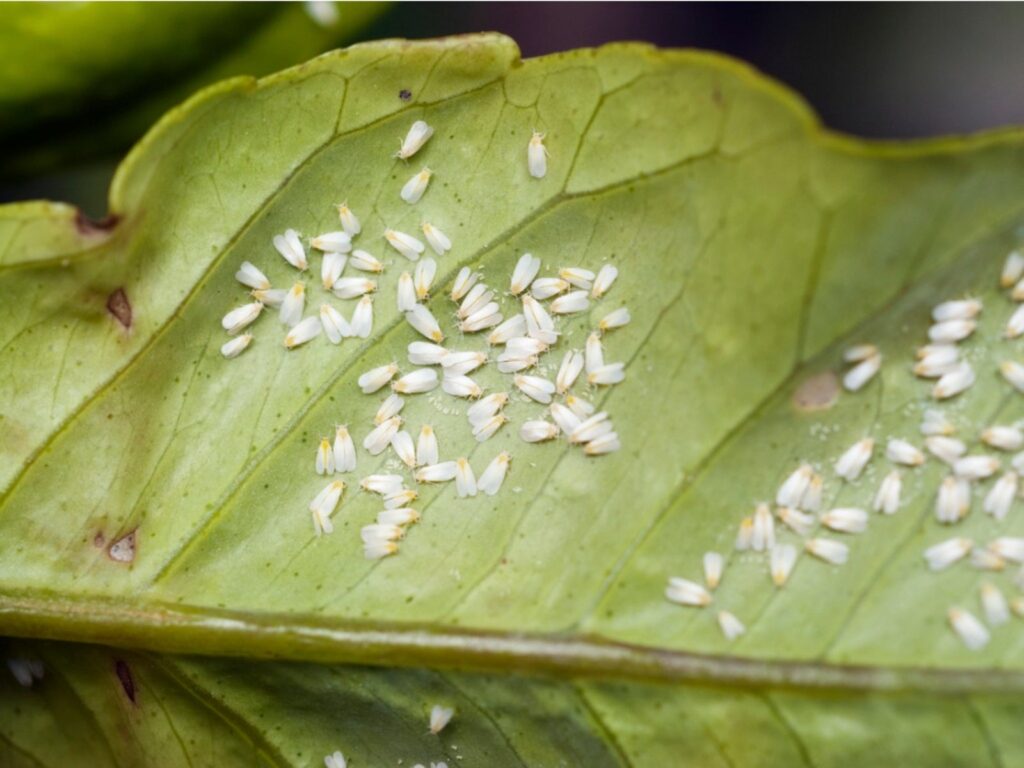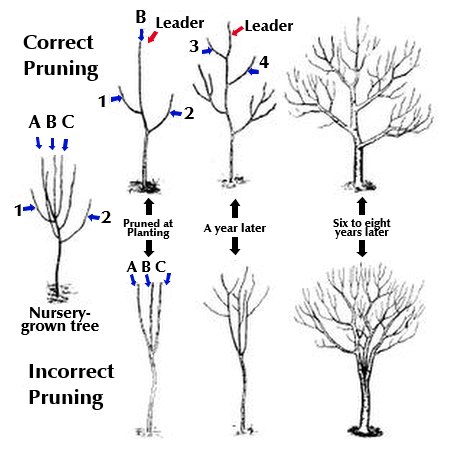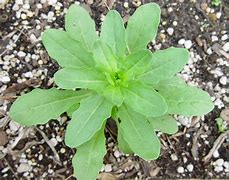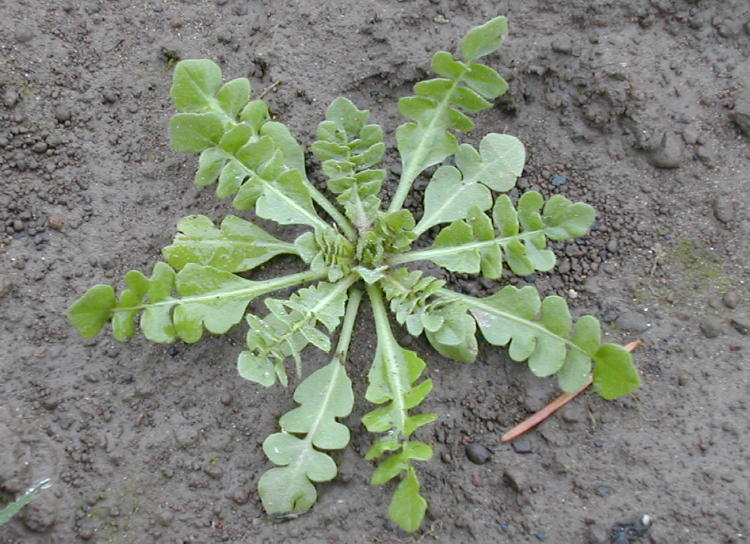
This week in the garden, you may have heard the term “drought cold tolerance” floating around in garden circles lately? It’s basically about how winter damage can be worse when we don’t get enough snow to insulate plants and provide moisture in the soil. This is especially a problem for evergreens. Right now, you might be noticing browning on the branches, particularly on the south and west sides. Unfortunately, there’s not much to do but wait and hope they fill back in. Younger evergreens tend to bounce back better than older ones, so fingers crossed!

Speaking of timing, once the lilacs finish blooming, it’s a good time to cut out any dead canes or branches. This is especially important because it helps manage lilac borers. These pests start off as tiny, wasp-like insects that lay eggs on the canes. Once those eggs hatch, the larvae burrow in and can kill off the canes.
If you’re gearing up to plant those greenhouse veggies and flowers, remember to harden them off first. Don’t just plop them straight into the garden with the current wind and heat. Start by putting them on the east side of your house, where they’ll get gentler light. Gradually move them to sunnier, windier spots over the course of a week. This is especially crucial for more tender vining crops. Luckily, the forecast says things should cool down by the weekend.
Got problems with crabgrass or sandburs in the lawn? Now’s the time to apply pre-emergent herbicide. Look for one that includes fertilizer to give your grass a little extra boost.

Oh, and if you’re seeing some weird, thick, flat asparagus spears, don’t worry. That’s called fasciation, and it can happen with flowers too. It’s usually just a weather-related oddity and won’t harm the plant.

Lastly, keep an eye on your rhubarb. If it’s starting to bolt and send up flower stalks, go ahead and snip those off. You want the plant to put its energy into the stems and leaves, not into flowering.

